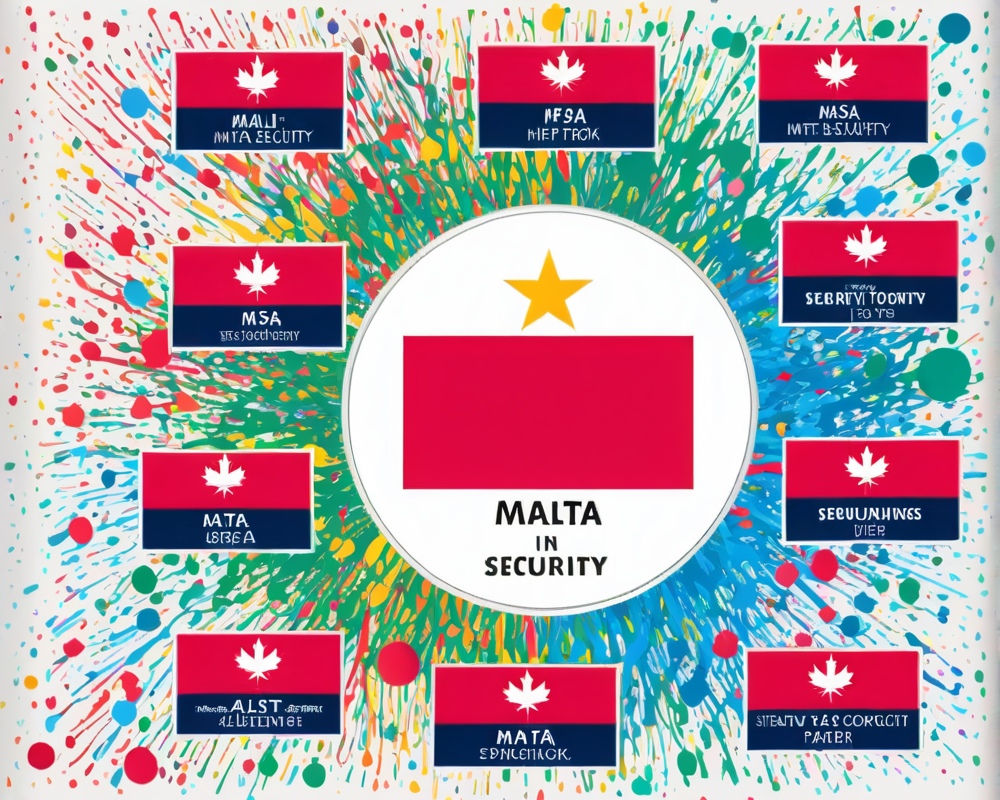The Long and Winding Road to MiCA
The much-anticipated Markets in Crypto Assets (MiCA) regulation in Europe is facing yet again another delay, now pushed to April 2023. This isn’t the first rescheduling rodeo; it was originally set for November 2022, but technical hiccups put the brakes on this ambitious initiative to draft the EU’s comprehensive crypto framework. While MiCA represents a monumental step towards regulation, we can’t shake the feeling that it might morph into a legal elephant that could leave European investors scratching their heads in confusion come 2024.
Can MiCA weather the crypto storm?
With the crypto landscape constantly shifting under our feet, the question looms: will MiCA still be a valid framework when it finally rolls out? The markets have barely settled after the recent debacles involving notable players like TerraUSD and FTX, which certainly raises a collective eyebrow among eurocrats and enthusiasts alike. Christine Lagarde, the president of the European Central Bank, isn’t mincing her words here. Back in November 2022, during the FTX fallout, she suggested that a MiCA II might be necessary to encompass broader regulations. You know it’s serious when even the ECB drops hints about needing more paperwork.
The DeFi Dilemma: A Missing Puzzle Piece
One of the biggest gaps in the current MiCA draft is decentralized finance (DeFi). Here’s a hot take: as it stands, the current regulations are silent on this transformative segment of the crypto market. Jeffrey Blockinger from Quadrata warned that should DeFi protocols start shaking things up in centralized finance, we might see a rush to create new regulations, potentially covering areas from money laundering to customer protection. And we all know how well that turns out – think of it like trying to catch a greased pig at a county fair. The harder you try, the more it slips away!
Lending and Staking: More Trouble Ahead?
And speaking of financial gymnastics, the MiCA regulation also falls short when it comes to the booming sectors of crypto lending and staking. The market collapse seen recently was exacerbated by companies like Celsius mismanaging risk and collateral. Ernest Lima from XReg Consulting emphatically pointed out that if you’re allowing substantially unregulated environments for crypto, while traditional banks are watched like hawks, we’re in for a recipe of disaster. Somewhere between reading the fine print and running headlong into a wall, regulators need to rethink how they manage these rapidly evolving financial products.
NFTs: The Wild West of Market Art
Oh, and let’s not forget about non-fungible tokens (NFTs). They may not be at the forefront right now, but don’t underestimate their potential in MiCA. Peter Kerstens hinted that NFTs might get lumped into the overarching category of cryptocurrencies. We could potentially see NFT issuers categorized as crypto service providers expected to report their actions—kinda like a digital version of a report card, but for the art world. After all, what’s more concerning than Aunt Edna finding out about your overly enthusiastic NFT collection?
Optimism Amidst the Quagmire
Despite the looming uncertainties, the crypto industry hasn’t completely thrown in the towel. The MiCA regulations inspire a cautious wave of optimism among stakeholders who hope for greater legitimization of the crypto market. It seems that Europe, while not always the fastest to move, is at least committed to creating some legal framework that could bring clarity in this chaotic environment. And who knows, maybe with the ongoing discussions, a MiCA-2 might emerge, offering a tighter leash on certain aspects, but let’s hope it’s not a noose.




